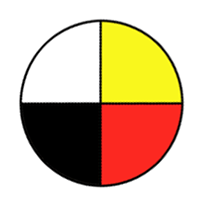Investigate methods of separating the components of mechanical mixtures and solutions, and analyze the impact of industrial and agricultural applications of those methods.
SI, TPS
| (a) |
Describe methods used to separate the components of mechanical mixtures and solutions, including mechanical sorting, filtration, evaporation, distillation, magnetism, and chromatography. |
| (b) |
Trace the historical development of a technology or process used to separate mixtures (e.g., settling, sifting, filtering, fusion, distillation, and chromatography). |
| (c) |
Describe common household examples of technologies that are used to separate components of mechanical mixtures or solutions (e.g., kitchen strainer, oil and air filters). |
| (d) |
Design and conduct an experiment to determine the effectiveness and/or efficiency of one or more methods of separating mechanical mixtures and solutions. |
| (e) |
Report the strengths and limitations of a chosen experimental design to determine the effectiveness and/or efficiency of one or more methods of separating mechanical mixtures and solutions. |
| (f) |
Use tools and apparatus (e.g., safety glasses, glassware, and Bunsen burners) safely when conducting investigations into methods of separating mixtures. |
| (g) |
Demonstrate knowledge of WHMIS standards by using proper techniques for handling and disposing of lab materials and following warning label symbols, including common household product symbols, when separating mixtures. |
| (h) |
Describe the scientific principles underlying a past or present industrial technology designed to separate mixtures (e.g., petroleum refining, sewage treatment plant, recycling station, combine, and cream separator). |
| (i) |
Discuss intended and unintended consequences of a particular industrial or agricultural technology or process used for separating materials. |
| (j) |
Use a technological problem-solving process to design, construct, and evaluate a prototype of a process or device for separating a mechanical mixture or solution (e.g., purifying drinking water, separating household waste). |
| (k) |
Identify new questions and problems that arise from what was learned about solutions and mixtures (e.g., "Are there mixtures that cannot be separated?", "What techniques are used to remove pollutants from air and water?"), including questions that science cannot answer. |





